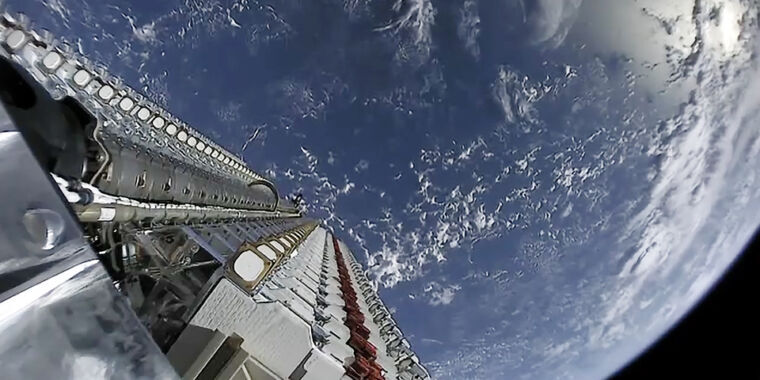- cross-posted to:
- spaceflight
- cross-posted to:
- spaceflight
This will be the first Ars Live event we’ve done in a few years. During these discussions, reporters and editors at Ars Technica speak with industry leaders about the most important technology and science news of the day. So please join us at 2 pm ET (18:00 UTC) on June 11 on our YouTube livestream.



Three major caveats here:
1 - Free cash flow doesn’t actually mean profitability. It doesn’t include, as a prime example, expenditure of satellites, only the actual replacement sats launched. Starlink satellites have a life expentancy of about 5 years, so to calculate profit, you need to add 1/5th of the cost of your satellite network to your yearly expenses. For free cash flow, you only have to take account of the actual expenses. So, if you buy a 100k car every 5 years, your profit-statement will show 20k in car-costs per year. But your free cash flow will show 4 years of nothing, followed by 100k.
Starlink had very few sats 5 years ago, so they’re barely replacing anything yet, the FCF is 4 years behind the yearly costs of the Profit.
2 - A lot of Starlink income currently is from selling terminals, which is a very finite market. You only sell terminals to new customers, not existing ones.
3 - Nobody can actually check these numbers, since they’re not public. We have no idea how realistic they are.
Excellent points.
I am less convinced by your first point. While they haven’t had many satellites reach end-of-life yet, they certainly haven’t slowed their pace of Starlink launches. Are the cost of these launches factored into the FCF calculation? (I know very little about economics)
Also, they will likely want to switch Starlink launches over to Starship as soon as possible, as that will allow them to launch more, larger satellites (v3) for cheaper. If they can have positive cash flow while they are still building out the constellation using a (relatively) expensive launch vehicle, would that not bode well for long-term profitability?